Current H5N1 Bird Flu Strain is Very Mild; Mass Culling Results in Chicken-to-Human Transmission: CDC Study
The CDC study titled Highly Pathogenic Avian Influenza A(H5N1) Virus Infections in Humans was just published in The New England Journal of Medicine:
BACKGROUND
Highly pathogenic avian influenza A(H5N1) viruses have caused widespread infections in dairy cows and poultry in the United States, with sporadic human cases. We describe characteristics of human A(H5N1) cases identified from March through October 2024 in the United States.
METHODS
We analyzed data from persons with laboratory-confirmed A(H5N1) virus infection using a standardized case-report form linked to laboratory results from the Centers for Disease Control and Prevention influenza A/H5 subtyping kit.
RESULTS
Of 46 case patients, 20 were exposed to infected poultry, 25 were exposed to infected or presumably infected dairy cows, and 1 had no identified exposure; that patient was hospitalized with nonrespiratory symptoms, and A(H5N1) virus infection was detected through routine surveillance. Among the 45 case patients with animal exposures, the median age was 34 years, and all had mild A(H5N1) illness; none were hospitalized, and none died. A total of 42 patients (93%) had conjunctivitis, 22 (49%) had fever, and 16 (36%) had respiratory symptoms; 15 (33%) had conjunctivitis only. The median duration of illness among 16 patients with available data was 4 days (range, 1 to 8). Most patients (87%) received oseltamivir; oseltamivir was started a median of 2 days after symptom onset. No additional cases were identified among the 97 household contacts of case patients with animal exposures. The types of personal protective equipment (PPE) that were most commonly used by workers exposed to infected animals were gloves (71%), eye protection (60%), and face masks (47%).
In the cases identified to date, A(H5N1) viruses generally caused mild illness, mostly conjunctivitis, of short duration, predominantly in U.S. adults exposed to infected animals; most patients received prompt antiviral treatment. No evidence of human-to-human A(H5N1) transmission was identified. PPE use among occupationally exposed persons was suboptimal, which suggests that additional strategies are needed to reduce exposure risk. (Funded by the Centers for Disease Control and Prevention.)
As of October 2024, all confirmed US bird flu cases have been very mild with zero hospitalizations or deaths. Conjunctivitis was seen in 93% of cases. Respiratory symptoms were reported in only 36%. Symptoms were short-lived (median 4 days). None of the 97 household contacts tested positive, meaning the virus can’t efficiently spread human-to-human.
The most concerning finding from this study is that “all the case patients who were exposed to infected poultry were involved in depopulation activities.”:
Last year, we highlighted the dangers of mass culling for bird flu in the McCullough Foundation production Bird Flu: Separating Fact from Fiction and True Danger from Fear-mongering.
Government-run indiscriminate mass animal depopulation for H5N1 bird flu must end and alternative measures explored:
The uncharacteristically mild H5N1 strain (Clade 2.3.4.4b genotype B3.13) that’s currently infecting humans and other mammals with unprecedented host range expansion is likely a result of bioterrorist-like serial passage gain-of-function experiments:
Current discussion about the reality of H5N1 - i.e., whether it's fact or fiction - ignores that the matter should be the subject of a criminal investigation, not merely scientific debate:
About the Author: Nicolas Hulscher, MPH, Epidemiologist and Foundation Administrator, McCullough Foundation
BACKGROUND
Highly pathogenic avian influenza A(H5N1) viruses have caused widespread infections in dairy cows and poultry in the United States, with sporadic human cases. We describe characteristics of human A(H5N1) cases identified from March through October 2024 in the United States.
METHODS
We analyzed data from persons with laboratory-confirmed A(H5N1) virus infection using a standardized case-report form linked to laboratory results from the Centers for Disease Control and Prevention influenza A/H5 subtyping kit.
RESULTS
Of 46 case patients, 20 were exposed to infected poultry, 25 were exposed to infected or presumably infected dairy cows, and 1 had no identified exposure; that patient was hospitalized with nonrespiratory symptoms, and A(H5N1) virus infection was detected through routine surveillance. Among the 45 case patients with animal exposures, the median age was 34 years, and all had mild A(H5N1) illness; none were hospitalized, and none died. A total of 42 patients (93%) had conjunctivitis, 22 (49%) had fever, and 16 (36%) had respiratory symptoms; 15 (33%) had conjunctivitis only. The median duration of illness among 16 patients with available data was 4 days (range, 1 to 8). Most patients (87%) received oseltamivir; oseltamivir was started a median of 2 days after symptom onset. No additional cases were identified among the 97 household contacts of case patients with animal exposures. The types of personal protective equipment (PPE) that were most commonly used by workers exposed to infected animals were gloves (71%), eye protection (60%), and face masks (47%).
CONCLUSIONS
In the cases identified to date, A(H5N1) viruses generally caused mild illness, mostly conjunctivitis, of short duration, predominantly in U.S. adults exposed to infected animals; most patients received prompt antiviral treatment. No evidence of human-to-human A(H5N1) transmission was identified. PPE use among occupationally exposed persons was suboptimal, which suggests that additional strategies are needed to reduce exposure risk. (Funded by the Centers for Disease Control and Prevention.)
As of October 2024, all confirmed US bird flu cases have been very mild with zero hospitalizations or deaths. Conjunctivitis was seen in 93% of cases. Respiratory symptoms were reported in only 36%. Symptoms were short-lived (median 4 days). None of the 97 household contacts tested positive, meaning the virus can’t efficiently spread human-to-human.
The most concerning finding from this study is that “all the case patients who were exposed to infected poultry were involved in depopulation activities.”:
Last year, we highlighted the dangers of mass culling for bird flu in the McCullough Foundation production Bird Flu: Separating Fact from Fiction and True Danger from Fear-mongering.
Government-run indiscriminate mass animal depopulation for H5N1 bird flu must end and alternative measures explored:
About the Author: Nicolas Hulscher, MPH, Epidemiologist and Foundation Administrator, McCullough Foundation
Read more about the Bird Flu, see the Bird Flu series.
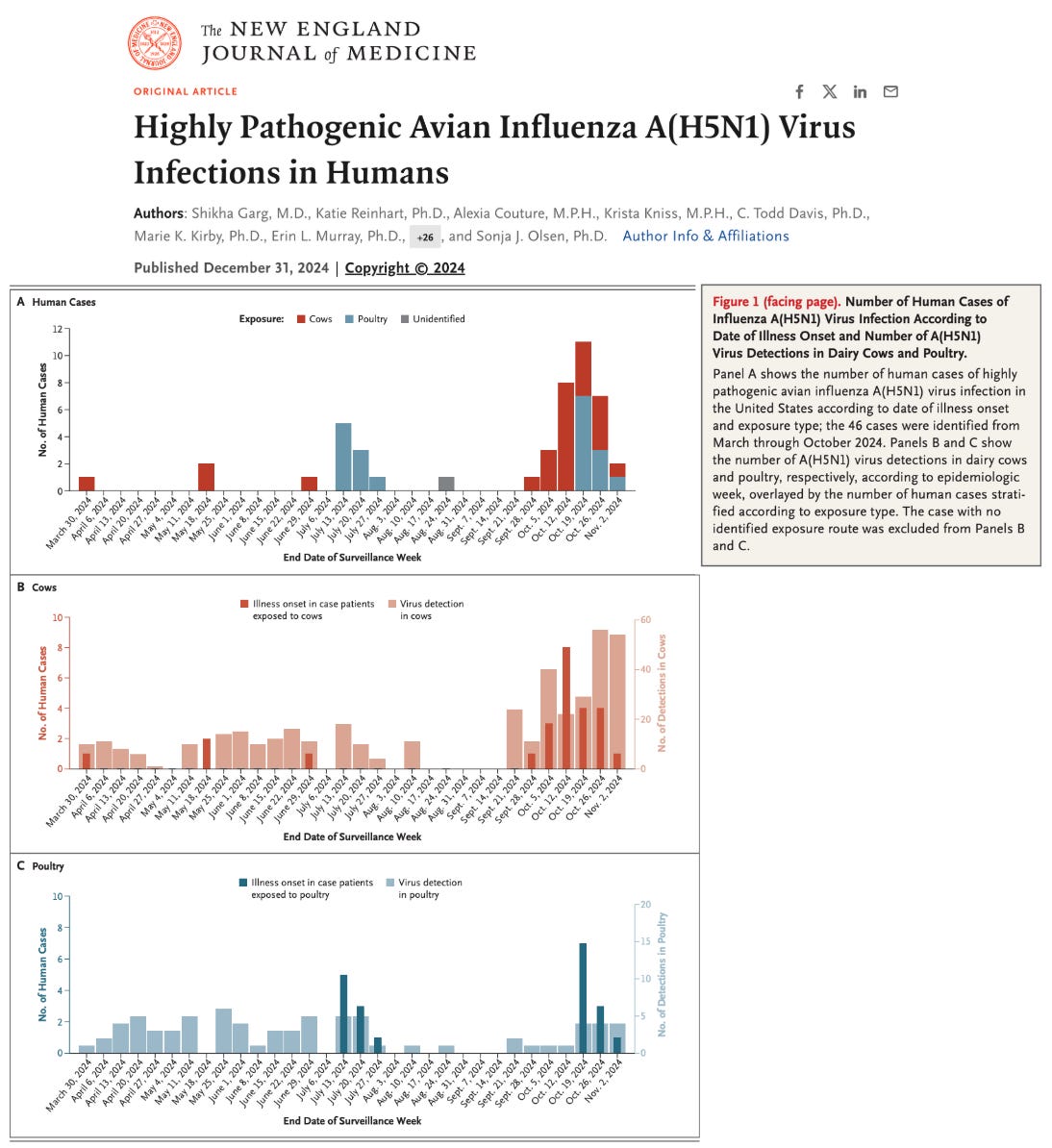
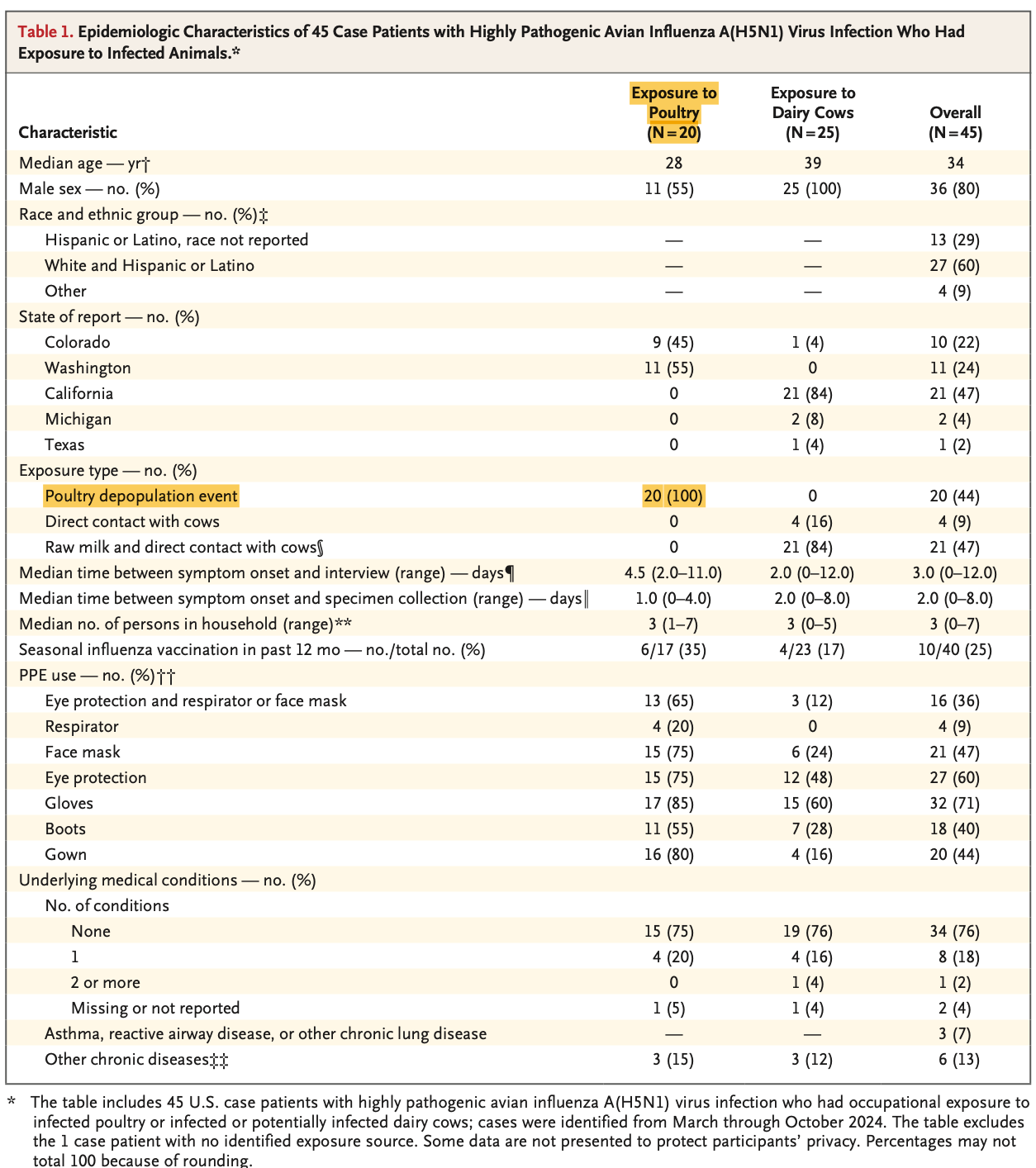

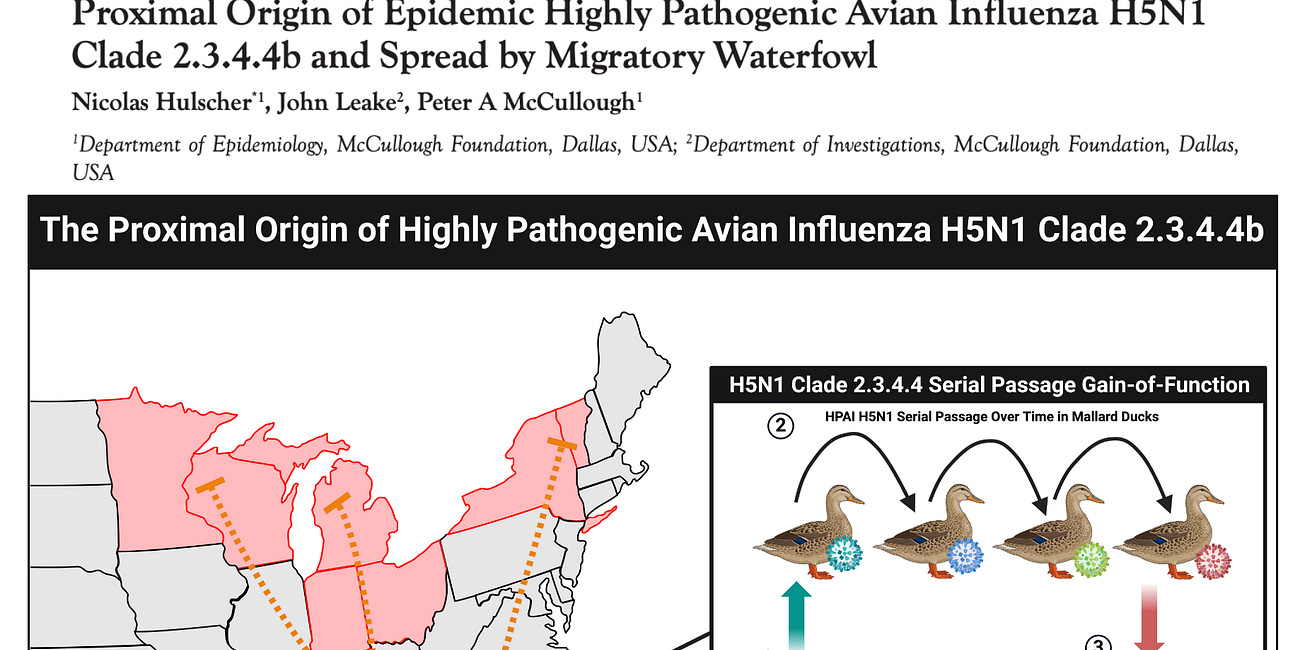



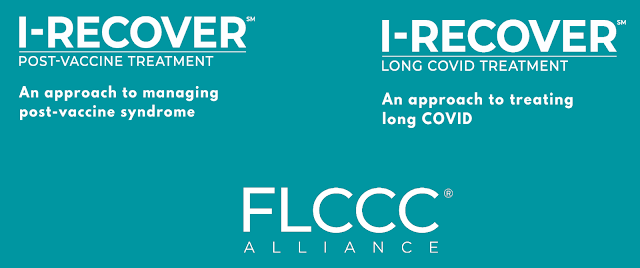

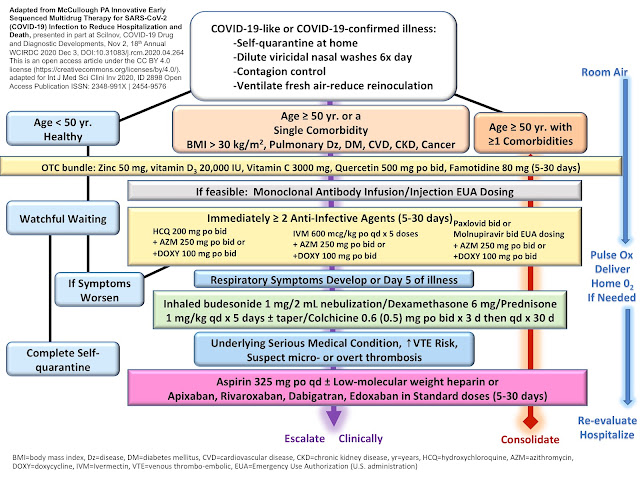
.png)

Comments
Post a Comment